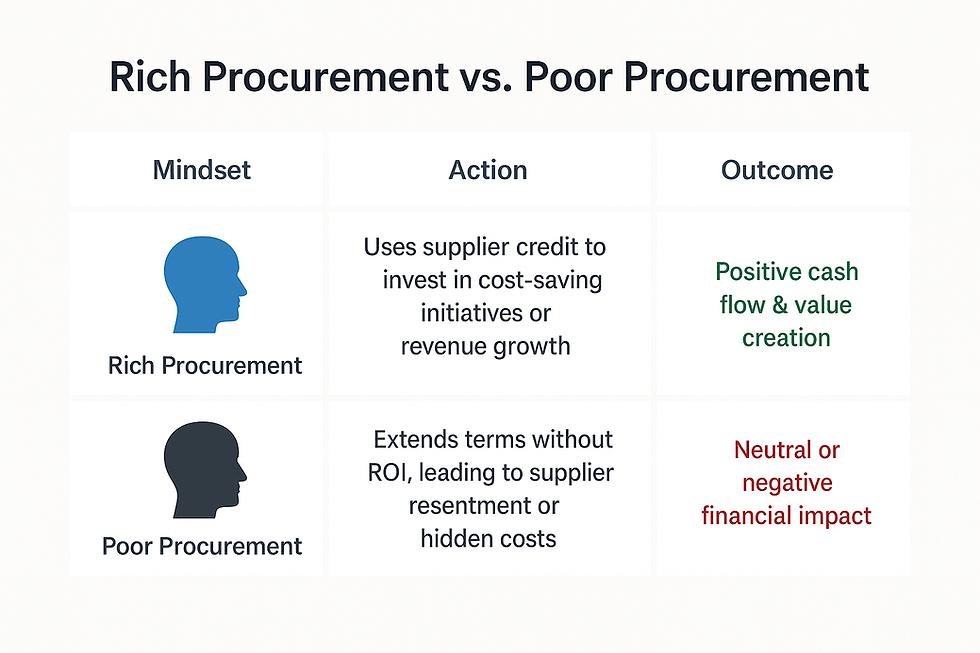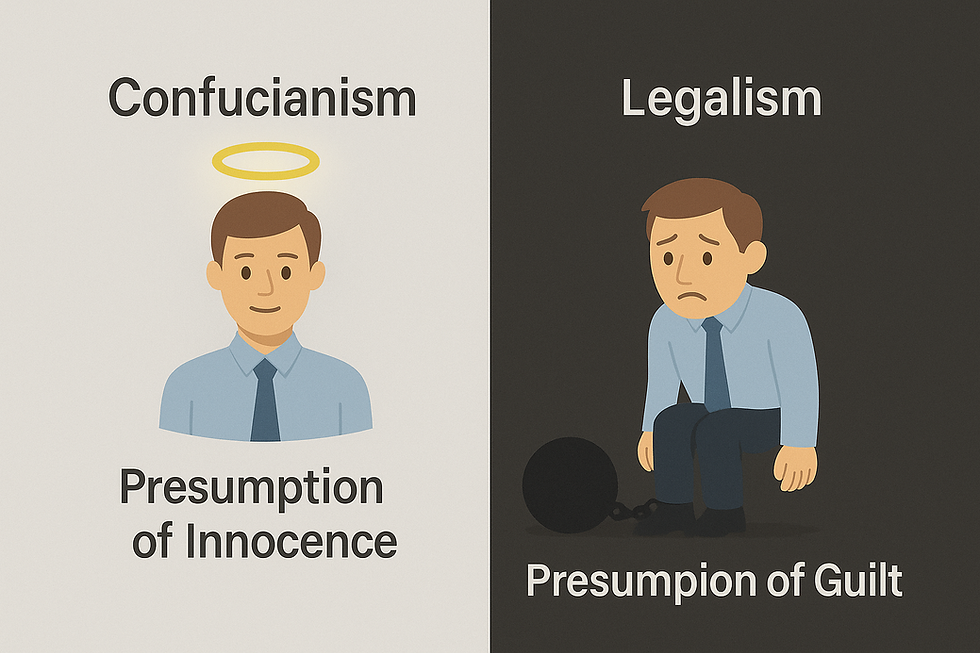SaaS Market Analysis for Effective Negotiations
- ukrsedo
- Dec 14, 2024
- 2 min read
Updated: Jan 28
https://www.goodspending.com/post/integrative-and-distributive-negotiationsThe 2024 SaaS industry report revealed compelling insights into profitability challenges and emerging trends. Analyzing this report allowed us to understand industry dynamics better and prepare for strategic negotiations in the SaaS space.
Firstly, we aggregated some metrics from the report in the following slide.

SaaS profitability is not a given
I recall some people expecting the SaaS industry to boom in profits as it sells "hot air." The first customer pays for the R&D; the rest are just there to be exploited (those people used to say).
Let's look at the metrics above :
A gross profit margin of 79% goes into R&D (30%), General and Administrative costs (23%), and Sales and Marketing (34%), so the net profit margin falls as low as -8%. Of course, this is based on median values (market average), while top players are expected to perform way better. Therefore, some other reports suggest 0-2% net profit margins. Still, nothing exciting, but at least a handful of peanuts...
We decided to look at real-world market leaders and received a mixed bag of results:
Adobe 25.59%
Salesforce 15.96%
Asana -36.46%.
Then, we looked into Atlassian's Q1 2025 fiscal report, an undoubted SaaS market leader by gross revenues ($1.2 billion in Q1) and clientele (83% of Fortune 500 companies). Their report resembles our earlier estimates, with -a 10% net profit margin and 50% of revenues going into R&D.

Other conclusions from the SaaS market analysis
Non-subscription revenue dilutes the gross margin (79% to 74%).
For every $1 of revenue, 16% is allocated to acquiring and retaining customers.
This aligns well with industry S&M spend (34% of revenue), suggesting nearly half is consumed by direct customer acquisition efforts.
Companies spend 43% less to expand or retain existing customers than to acquire new ones.
It takes 22.3 months to break even on a new customer acquisition at the median.
Companies generate 35% of new ARR from existing customers, a 6% increase year over year. This highlights a shift toward prioritizing expansion strategies.
New customers generate 85% more revenue but are 76% more expensive to acquire. Therefore, existing ones are 6x more profitable, assuming a 2% net profit margin.
SaaS Negotiation Strategy topics
Highlight the Retention Value: Emphasize the cost-efficiency of retaining you as an existing customer compared to acquiring a new one.
Analyze and elaborate on your CLTV (Customer Lifetime Value), especially if your contracts exceed the industry average by the ARR or duration.
Seek additional benefits for subscription-based deals providing the highest margin for a supplier.
Look into your suppliers' financial reports to understand their profitability, long-term strategy (e.g., Atlassian bleeding margins for R&D), and preparedness for concessions.
ChatGPT is just a tool.
Once again, I employed ChatGPT for the report analysis and obtained dozens of revisions and tunes of this material until I realized what conclusions to request. It's enthusiastic and tireless but prone to daydreaming and making generic statements instead of in-depth research and findings. It's a great tool, but still far from a silver bullet.










Comments